One photon can transmit information in two directions at once.


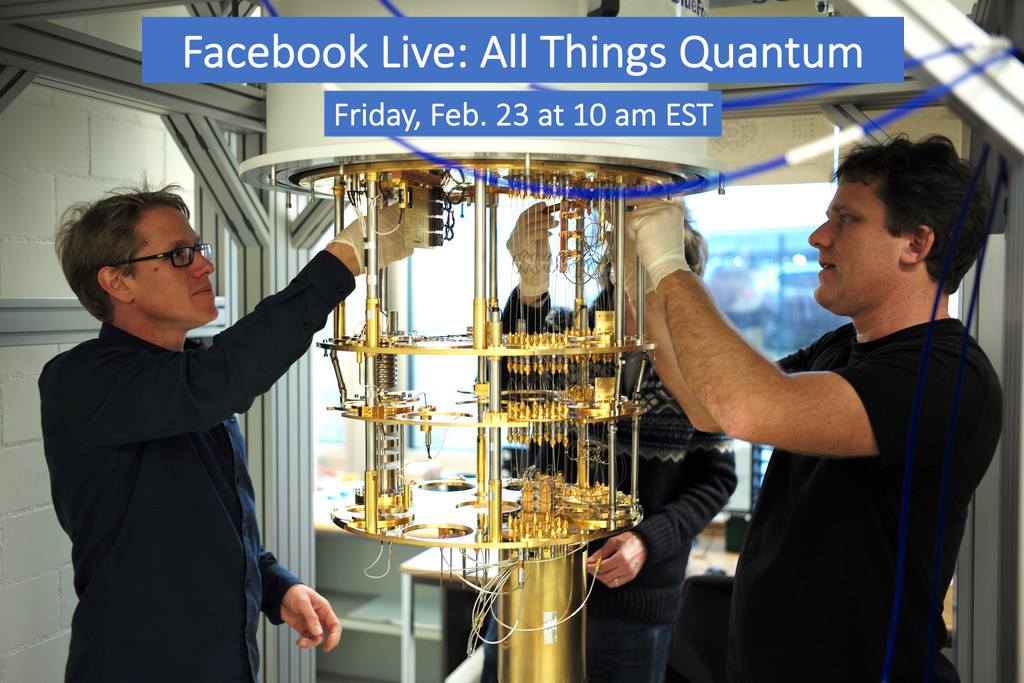
How do IBM scientists keep qubits colder than outer space?
IBM quantum physicists Dr. Stefan Filipp and Dr. Andreas Fuhrer (pictured) will be discussing quantum computing live from the IBM Zurich Research Lab, and will demonstrate how they keep qubits so cold, explain why, and take your questions.
Join us on Friday, Feb. 23 at 16:00 Paris time / 10:00 am EST.
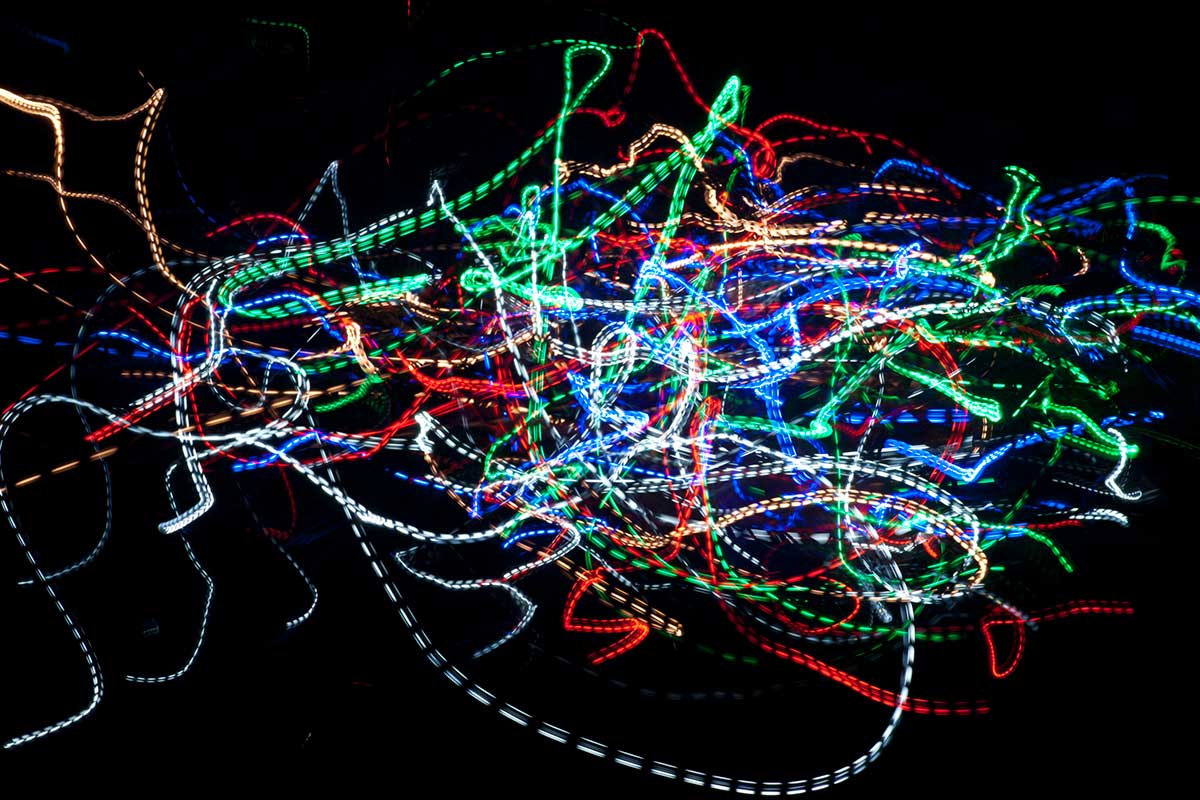
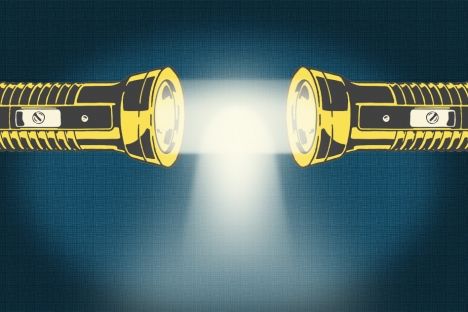
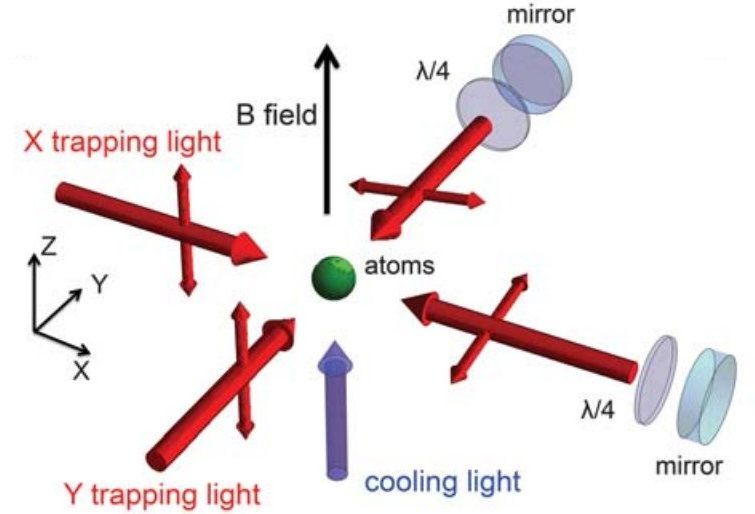
The world of an atom is one of random chaos and heat. At room temperatures, a cloud of atoms is a frenzied mess, with atoms zipping past each other and colliding, constantly changing their direction and speed.
Such random motions can be slowed, and even stopped entirely, by drastically cooling the atoms. At a hair above absolute zero, previously frenetic atoms morph into an almost zombie-like state, moving as one wave-like formation, in a quantum form of matter known as a Bose-Einstein condensate.
Since the first Bose-Einstein condensates were successfully produced in 1995 by researchers in Colorado and by Wolfgang Ketterle and colleagues at MIT, scientists have been observing their strange quantum properties in order to gain insight into a number of phenomena, including magnetism and superconductivity. But cooling atoms into condensates is slow and inefficient, and more than 99 percent of the atoms in the original cloud are lost in the process.

Networks that harness entanglement and teleportation could enable leaps in security, computing and science.
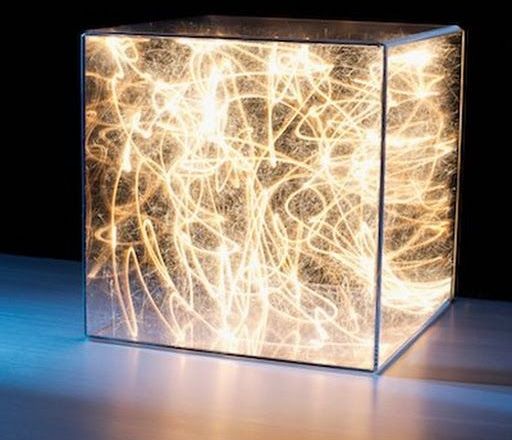
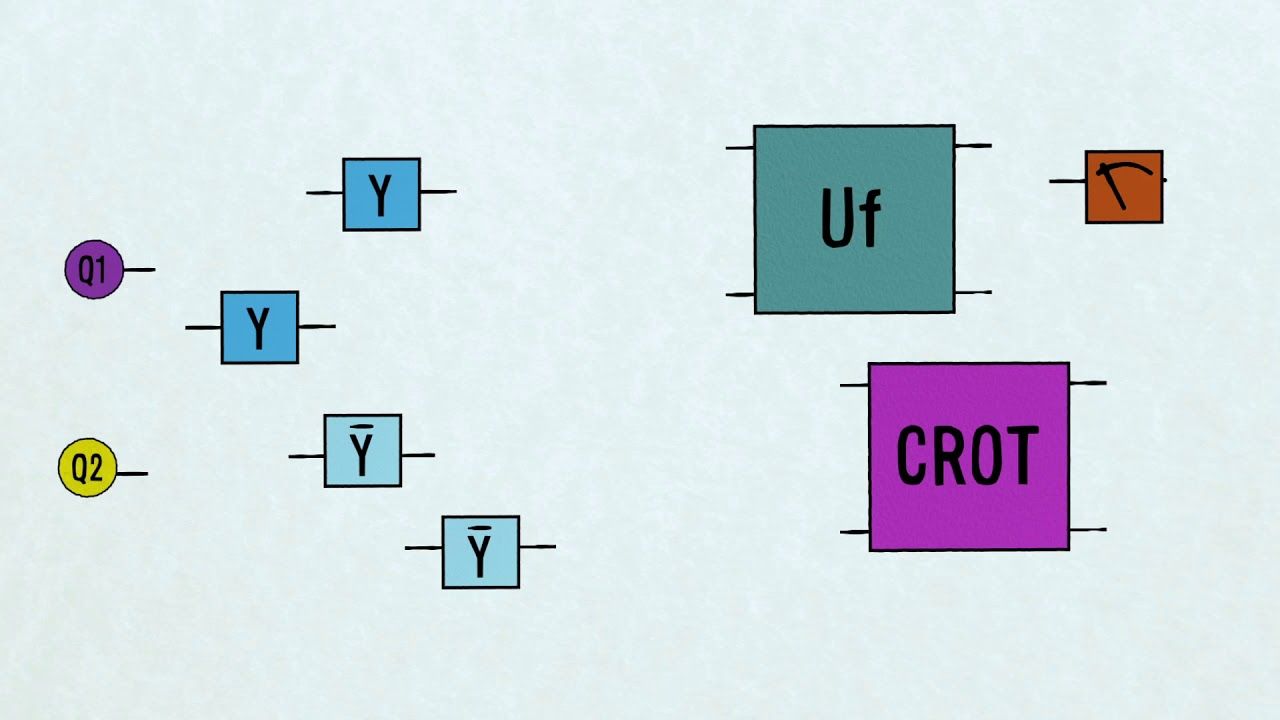

Try a quick experiment: Take two flashlights into a dark room and shine them so that their light beams cross. Notice anything peculiar? The rather anticlimactic answer is, probably not. That’s because the individual photons that make up light do not interact. Instead, they simply pass each other by, like indifferent spirits in the night.
But what if light particles could be made to interact, attracting and repelling each other like atoms in ordinary matter? One tantalizing, albeit sci-fi possibility: light sabers — beams of light that can pull and push on each other, making for dazzling, epic confrontations. Or, in a more likely scenario, two beams of light could meet and merge into one single, luminous stream.
It may seem like such optical behavior would require bending the rules of physics, but in fact, scientists at MIT, Harvard University, and elsewhere have now demonstrated that photons can indeed be made to interact — an accomplishment that could open a path toward using photons in quantum computing, if not in lightsabers.
